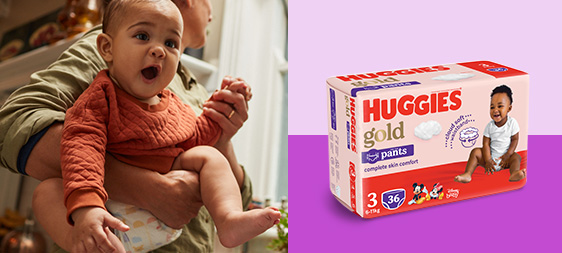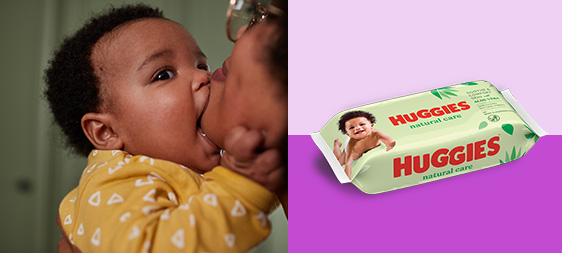I remember the day I left the hospital with my tiny twin boys like it was yesterday.
Walking alongside my husband, with our boys safely buckled into their pram, we ventured into the unknown together.
I’d experienced an emergency general anaesthetic caesarean and felt a little guilty about the fact that I didn’t have that “instant love” experience that all the books talk about. Illogical questions, like “What happens if I don’t bond with them?” were lurking around in my mind.
That was over thirteen years ago and in that time we have managed to bond pretty well!
Building attachment with your baby
The attachment relationship is very important for development. For a child to develop within their potential, they need an adult in their lives who is able to understand them and nurture them, as well as reading and then meeting their needs.
Key occupations in the early days include:
Eating
Sleeping
Changing
Bathing
When you are trying to work out a baby’s needs (are they hungry, wet, hot, cold, tired?), you need to be sensitive to the baby’s body movements. This can give clues as to whether the baby is settled and content or in discomfort.
If a baby is in discomfort there are three strategies you may try:
Soothing voice tones
Smooth regulated movements
Smiling eye contact
These will help to nurture attachment while meeting the baby’s needs.
How do these three strategies work?
Staying emotionally regulated helps the sensory/emotional regulation of a baby.
A baby’s central nervous system is trying really hard to process all the new sensations that they are experiencing, while they learn to cope with the highs and lows the stimulation they are exposed to.
Tips for calming your baby
Soothing voice tones provide regulated auditory input into the baby’s nervous systems – it is non-threatening and calming.
Smooth regulated movements give the baby a clear message about where their body is in space and what is happening to them.
Even a light touch can be highly alerting to the dis-regulated baby, and may cause their central nervous system to move in a fright response. If this happens too often the baby tends to either escalate and they are never calm, or they “shut down” and withdraw, making them seem sleepy and disengaged all the time.
Changing the plane the baby is moving in can be helpful.
If the baby is not responding to being held vertically, move them into a horizontal position while holding and gently rocking them with confidence, in linear patterns – forwards, backwards, and side to side. These movements can be soothing on the vestibular system.
Smiling eye contact helps a baby to regulate their central nervous system very quickly.
Babies’ brains can process facial expressions rapidly. When they see a smiling eyes and face, the baby gets a big endorphin rush that helps them to feel attached and secure. As they get older, and can return the smile, the caregiver gets these rushes too.
Don’t be alarmed when a baby turns their eyes away from you many times during your shared activities. This is not because they don’t like spending time with you – it is because constant eye contact is very intense and emotional. Gaze aversion helps the baby to keep their nervous system regulated and settled.




























